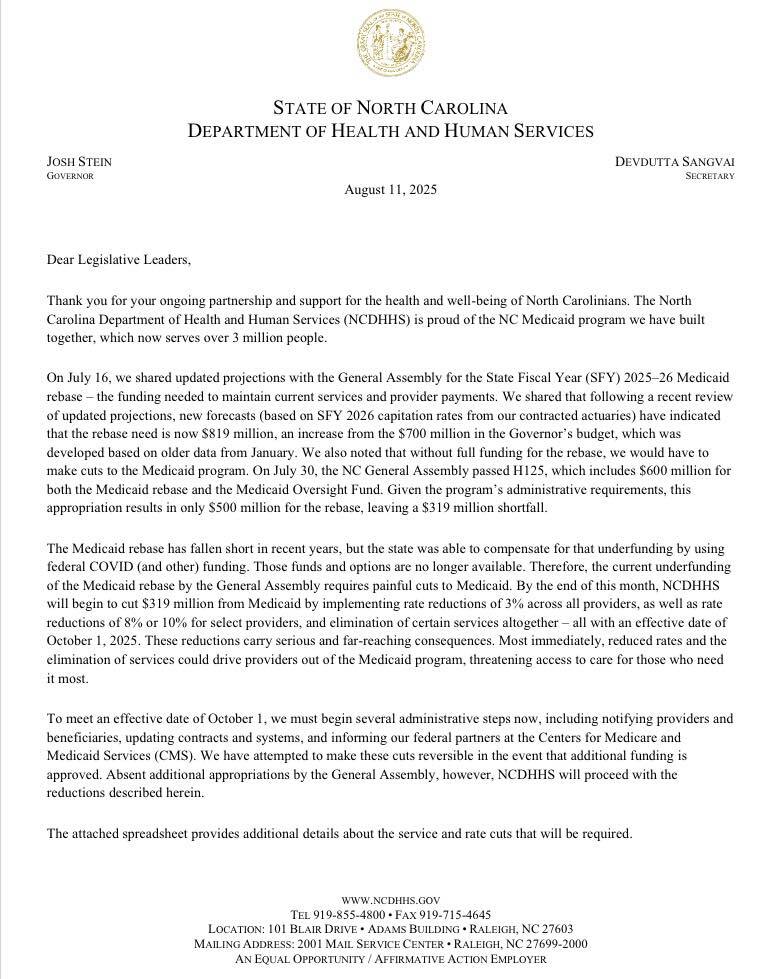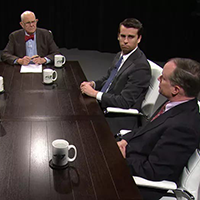The American Rescue Plan Act of 2021 was sold as an emergency measure; an extraordinary response to the once-in-a-century shock of COVID-19. Signed by Pres. Joe Biden in March of 2021, its many provisions included a temporary sweetener to the Affordable Care Act’s premium tax credits. It expanded the credits to cover premiums for those below 150% of the poverty line and subsidize them for those up to 400%. For the first time, families earning over $103,000 could qualify for taxpayer-funded subsidies, and everyone else saw their subsidies grow. It was billed as short-term relief, paid for with short-term COVID funds.
However, “temporary” in Washington is viewed by many as a prelude to “permanent.” Those emergency subsidies were set to expire in 2022, but the Inflation Reduction Act pushed them through 2025 and are now set to expire at the end of the year. Since they were implemented, ACA enrollment has more than doubled from 11.4 million in 2020 to 24.3 million in 2025. North Carolina saw nearly a million people enroll under the expanded emergency subsidies.
Returning to pre-pandemic spending levels and ending the temporary, emergency spending is being billed as “cuts,” fueling the political appetite to make them permanent.
In response to lawmakers’ concerns about the fiscal hole this was digging, the Congressional Budget Office warned in 2024 that doing so would add roughly $335 billion to federal deficits over 10 years — about $8,800 per newly insured person, per year. It’s a textbook case of temporary spending becoming a structural, deficit-financed obligation. Once in place, programs rarely shrink. The narrative shifts from “we need this because of COVID” to “we can’t take this away,” even as our national debt swells past $37 trillion.
In the recent passage of the One Big Beautiful Bill, federal spending on Medicaid is slowed, bringing it back to pre-pandemic levels by 2032. The CBO estimates that about a third of enrollees will fall off with the OBBB’s implementation of work requirements, but it still presents a present and future budgetary concern for the states.
In July, state lawmakers passed House Bill 125, providing $600 million in Medicaid funding. However, in a recent letter, NCDHHS Secretary Devutta Sangvai informed lawmakers that, despite this allocation, the state’s Medicaid program still faces a $319 million shortfall for the 2025–26 fiscal year. For years, the state papered over deficits by using “temporary” federal COVID aid. Those dollars are gone. As a result, the Department of Health and Human Services is preparing across-the-board provider rate cuts of 3% to 10% and the elimination of certain services starting Oct. 1, 2025. Officials warn these cuts could drive providers out of the program.
While Medicaid expansion isn’t part of this year’s rebase math, it’s funded separately by a 90% federal match, which has increased the size and complexity of the program, stretching administrative and provider capacity.

The lesson is clear: Whether it’s Washington’s “temporary” ACA subsidy expansion or Raleigh’s reliance on federal pandemic aid for Medicaid, we’ve built public expectations on borrowed money. When the emergency ends, the bills arrive. If a program is worth keeping, lawmakers at the federal and state level must pay for it honestly, not with IOUs to future taxpayers. Otherwise, North Carolinians will see more rate cuts, fewer services, and a fiscal cliff that gets steeper every year.







